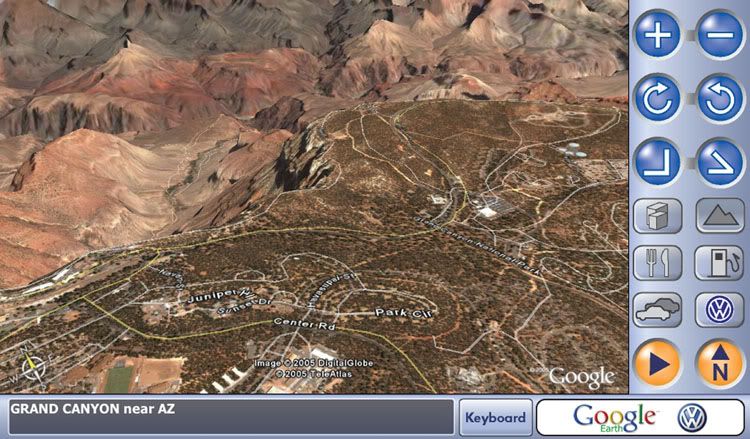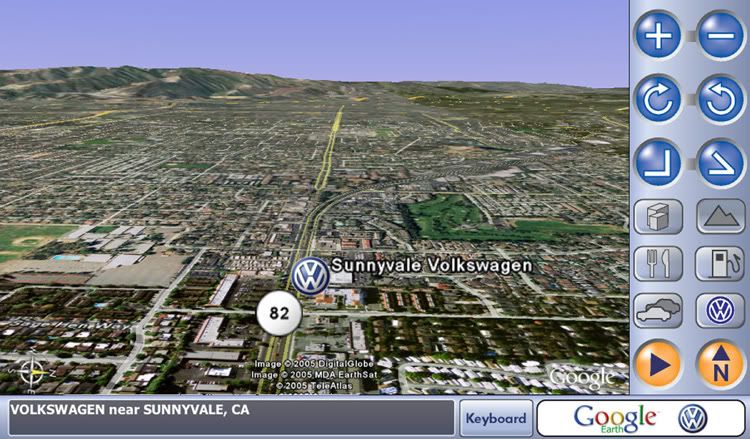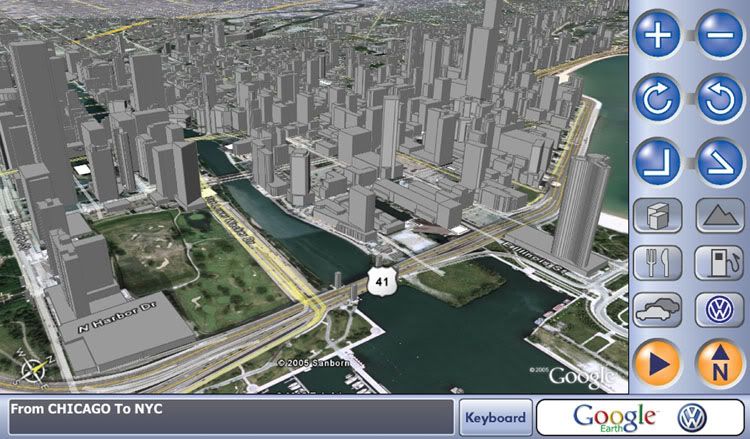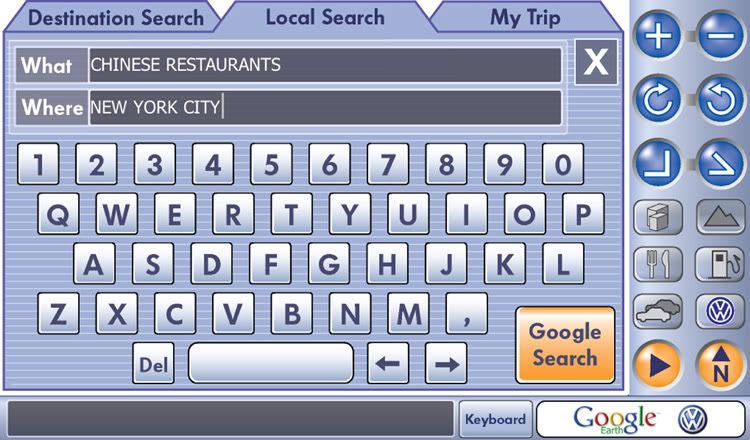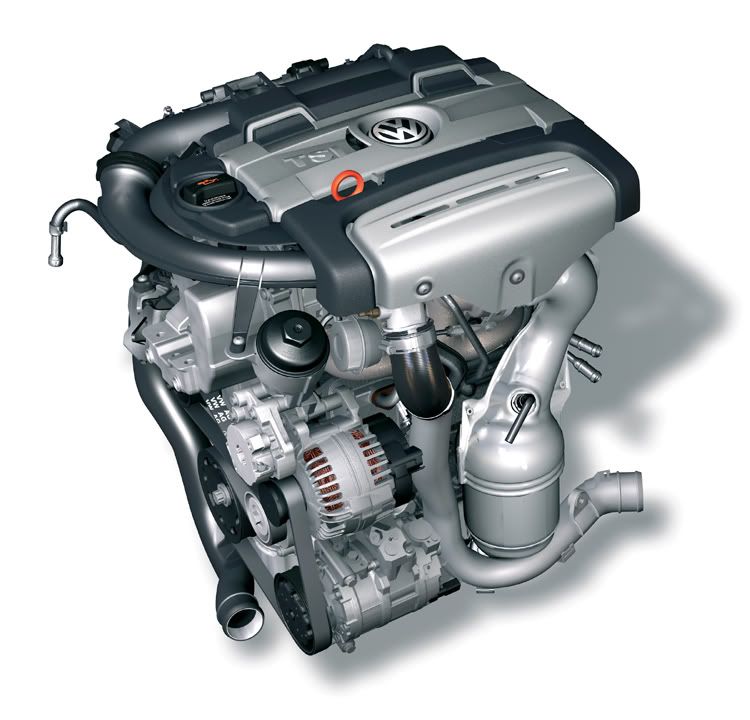To the Point: Geneva 2006
Posted by Lorenzo at 9:28 am
Volkswagen starts the BlueMotion Program with two world premieres
BlueMotion stands for activities promoting the sustainability approach
World premier I: Polo BlueMotion uses 3.9 liter and is 176 km/h fast
World premier II: Concept A with the first natural gas TSI power transmission
- Volkswagen starts the sustainability initiative BlueMotion. The BlueMotion is not only focused on the consumption and emissions of automobiles but on the company as a whole. “Blue” – the Volkswagen color – stands for the elements water and air. “Motion” embodies the aspect of a mobility oriented forward, towards the future. The goal is to protect the resources of the earth for future generations. On the product side, BlueMotion is meant to advance to a seal of quality that identifies the most economic version of each series.
BlueMotion signalizes: Economy and driving fun
- The definition “BlueMotion” signalizes at the same time that economic fuel consumption does not come at the expense of driving fun. Volkswagen already enforces this claim today with its TDI, FSI and TSI engines in all series. Technically the potential of these engines is by far not exhausted. In the middle-run these engine systems will blend together to new power drive concepts. Example CCS: In the next decade, the CCS hybrid combustion process, a power transmission and fuel system, that combines the advantages of the Diesel and Otto engine worlds, will take over the conventional diesel and gas fuel engines and be using synthetic fuel. BlueMotion at its best.
World premier I: Polo BlueMotion with 3.9 liter average fuel consumption
- Under the label of the new environmentally friendly brand, Volkswagen presents the first model of the series in Geneva the Polo BlueMotion. The 59 kW / 80 hp strong compact has an average usage of only 3.9 liter diesel for every hundred kilometers, however it is not less agile than a conventional Polo with the same performance. Savings: 0.5 liter. Reduction of CO2 emission: by 16 g/km. The consumption and emission reductions were achieved through light construction measures, aerodynamic fine tuning and internal engine modifications. The Volkswagen is shifted via a manual five gear transmission. The Polo, manufactured in Pamplona, Spain, will have its market introduction in Switzerland, Austria and Germany in the summer of 2006.
World premier II: Concept A with the first natural gas Twincharger
- The visitors of the Geneva Auto Salon can experience another world premier under the hood of the Concept A study. It is fueled by the first natural gas (CNG) powered TSI. This via compressor and turbo double charged 1.4 liter engine (Twincharger) develops 110 kW / 150 hp and uses an average of only 5.0 kg natural gas every hundred kilometers.
- Highly charged engines like the TSI from Volkswagen generally work with a high efficiency degree. This again significantly improves with the CNG (compressed natural gas, 130 ROZ). One of the positive effects: The CO2 balance of the natural gas powered TSI engines is 20 to 25 percent lower than a gas fueled TSI. Above that, TSI+CNG advances to one of the most important stepping stone technologies on the way to a crude oil independent mobility. Through conversion from natural gas to synthetic fuel (gas-to-liquids) for instance Synfuel is produced. It is environmentally benign bio-degradable fuel which – among other things – allows the mentioned CCS hybrid combustion process.
- Fact is: The over 200 km/h fast Concept A BlueMotion shows the vanguard gateway between sports cars and the SUVs of tomorrow. It front part gives an insight of a future VW all-terrain vehicle under the Touareg. The silhouette shows the lines of a coupe. The front and rear doors open facing each other. The carriage overhangs are briskly short, the hood long, the C columns one of a kind. 20 inch alloy rims and 295 tires fill out the space in the distinctively extended wheelhouses. The rear part, with its athletic flanks, imparts a strong elegance. The hatchback is built in tailgate-style and can be opened in two steps: the area under the rear lights swings out like a pick-up loading surface and thus creates a lot of room for big items.











